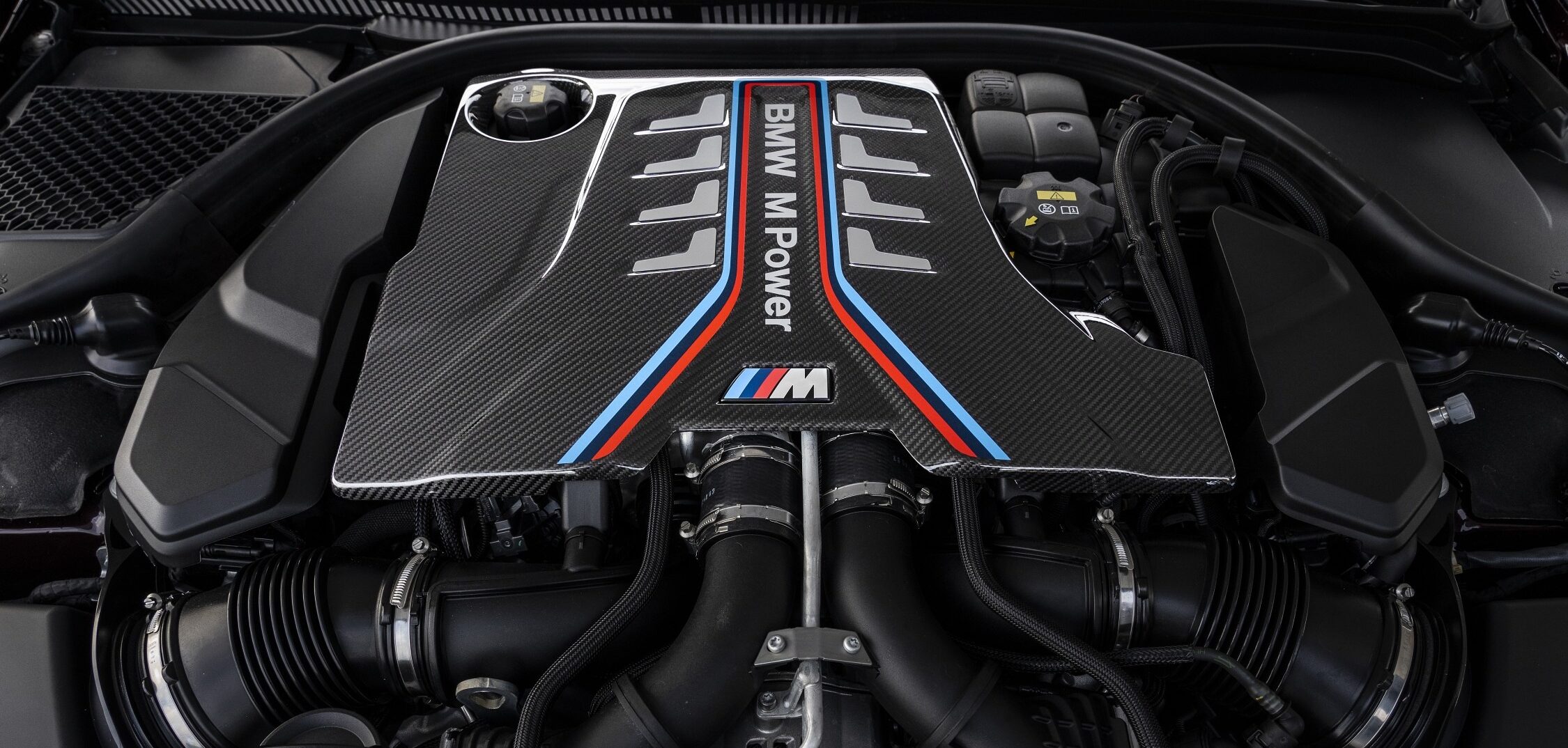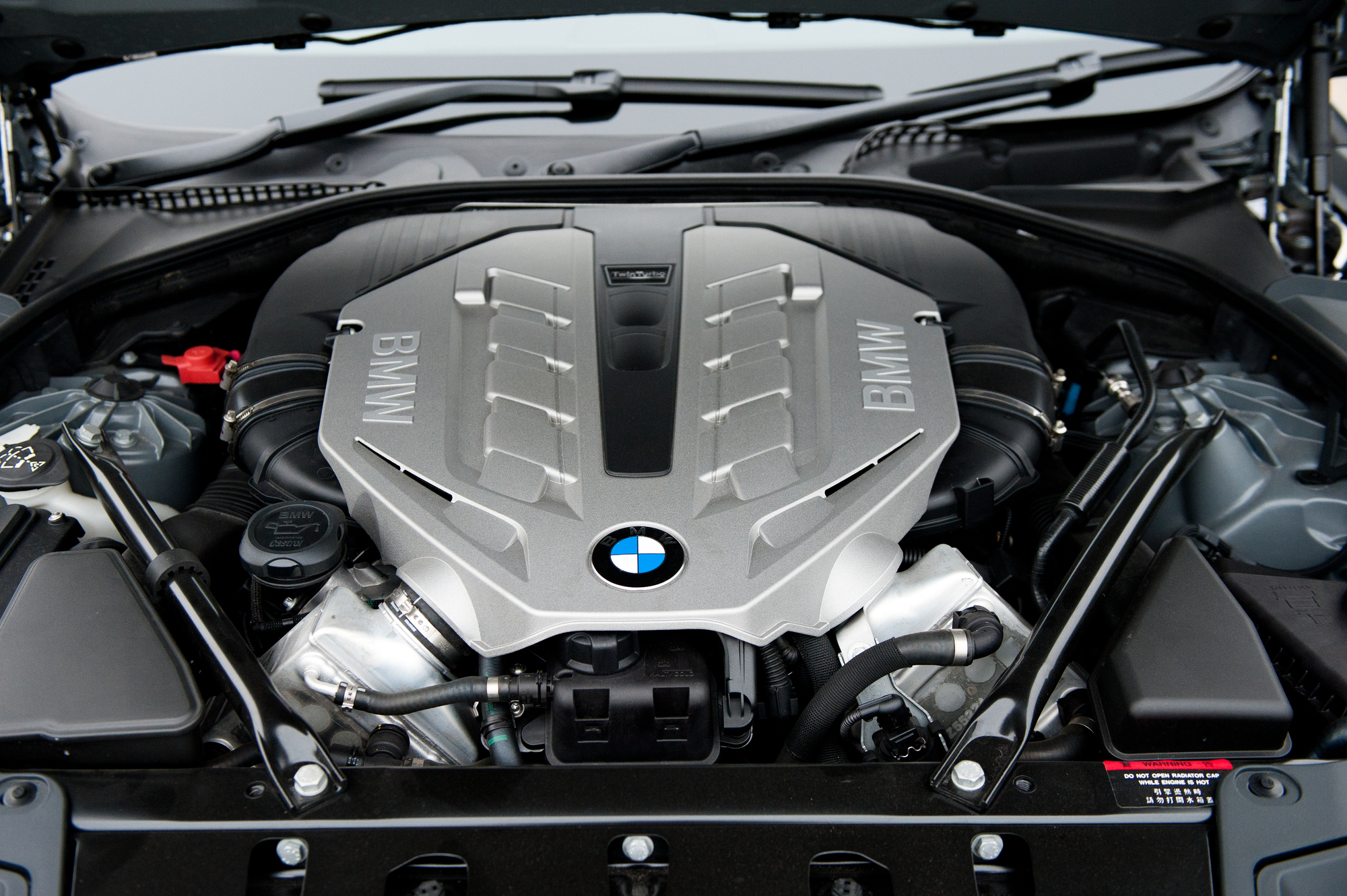How to Keep Your BMW Engine for Ideal Efficiency and Long Life
Discovering the Development of Burning Engines in Modern Transportation Solutions
As we browse the landscape of contemporary transport, the advancement of burning engines stands as a testimony to human resourcefulness and design expertise. The interaction of background, modern technology, and environmental issues in forming the trajectory of combustion engines produces a story that is both informative and engaging.
Very Early Beginnings of Combustion Engines
How did the idea of combustion engines first emerge in the very early phases of transport development? The origins of burning engines can be mapped back to the 17th century when the concepts of internal burning were initial explored.
The breakthrough moment featured the development of the initial effective gasoline-powered engine by Karl Benz in 1885 - bmw engine. This engine led the way for the development of the contemporary car, transforming transport systems worldwide. Subsequent technologies by Nikolaus Otto and Gottlieb Daimler further improved combustion engine innovation, resulting in the automation of automobiles and the rapid growth of the transport sector
These very early combustion engines were identified by their simplicity and effectiveness, laying the structure for the facility and powerful engines made use of in contemporary transportation systems. The development of burning engines has actually been instrumental fit the method we take a trip and deliver items, marking a considerable landmark in the background of transport advancement.
Transition to Internal Combustion Modern Technology
The transition to interior burning modern technology noted a critical change in the evolution of transport systems. This shift began in the late 19th century, with creators like Nikolaus Otto and Gottlieb Daimler creating the initial successful inner burning engines. These engines revolutionized transportation by supplying an extra effective and reliable alternative to vapor engines and electric motors.
Among the essential benefits of inner combustion engines was their capacity to be scaled down to match automobiles, leading to the advancement of cars and bikes. This shift from large, fixed engines to compact, mobile ones led the way for the contemporary transportation systems we see today.
The shift to inner burning innovation likewise stimulated innovations in fuel modern technology, resulting in the advancement of gas and diesel as key gas sources for automobiles. This change not only made transportation much more accessible to the masses yet also laid the structure for the oil and gas sector to come to be integral to global economies.
Effect of Combustion Engines on Transportation
The adoption of combustion engines in transport systems militarized an extensive shift in the performance and rate of global wheelchair. Combustion engines changed transportation by giving a functional and trustworthy resource of power for different lorries, including vehicles, airplanes, ships, and trucks. This advancement significantly boosted the ability for items and individuals to move over cross countries in much shorter why not find out more amount of time, bring about raised connectivity in between regions and countries.
Additionally, the prevalent use of combustion engines has had a considerable influence on financial advancement. The ability to carry items efficiently has stimulated trade and commerce, enabling companies to expand their markets and get to consumers worldwide. This has actually assisted in economic development and globalization, as products can currently be moved faster and in bigger quantities than ever previously.
Nevertheless, the ecological influence of combustion engines can not be neglected. The combustion of nonrenewable fuel sources has actually brought about air contamination and greenhouse gas discharges, adding to environment change and posturing health threats to populations. bmw engine. Because of this, there is a growing focus on developing alternate propulsion modern technologies to mitigate these unfavorable results and create an extra lasting future for transportation
Advancements in Burning Engine Layout
One noteworthy development is the growth of turbocharged engines, which use exhaust gases to drive a turbine that presses incoming air, allowing for even more gas to be burnt, resulting in enhanced power output without a substantial rise in engine size. Variable shutoff timing systems have actually additionally reinvented engine layout by maximizing airflow at various engine speeds, improving both power and effectiveness. These innovations jointly add to the continual enhancement of burning engines in modern-day transport systems.
Future Patterns in Burning Engine Development
With innovation advancements driving continual development, the future of combustion engine development is poised to transform transportation systems worldwide. One of the crucial patterns in combustion engine development is the push towards better effectiveness and lowered emissions. Manufacturers are visit this page spending heavily in r & d to improve engine efficiency while fulfilling rigorous ecological laws. This includes the assimilation of sophisticated fuel shot systems, boosted turbocharging methods, and the use of lightweight materials to maximize fuel intake and lower carbon emissions.
Another prominent trend is the fostering of hybrid technologies in burning engines. Crossbreed engines incorporate typical combustion innovation with electrical power, using boosted fuel efficiency and lower discharges. As the vehicle sector changes in the direction of electrification, crossbreed combustion engines are seen as a transitional solution that links the gap between traditional automobiles and fully electrical ones.
Additionally, the assimilation of smart innovations, such as artificial knowledge and data analytics, is anticipated to play a substantial role in the future of burning engine advancement. These technologies can enhance engine efficiency in real-time, causing extra effective burning procedures and improved total lorry performance. Welcoming these future fads will not just drive development in combustion engine development yet also add to an extra sustainable and eco-friendly transport ecosystem.

Final Thought
In conclusion, the advancement of combustion engines in modern-day transport systems has actually been noted by significant advancements in modern technology and design. From the early starts of combustion engines to the shift to inner combustion technology, these engines have had a profound effect on transportation.
The origins of combustion engines can be traced back to the 17th century when the concepts of internal burning were very first checked out. These engines reinvented transport by using an extra powerful and effective alternative to heavy view it steam engines and electrical motors.
